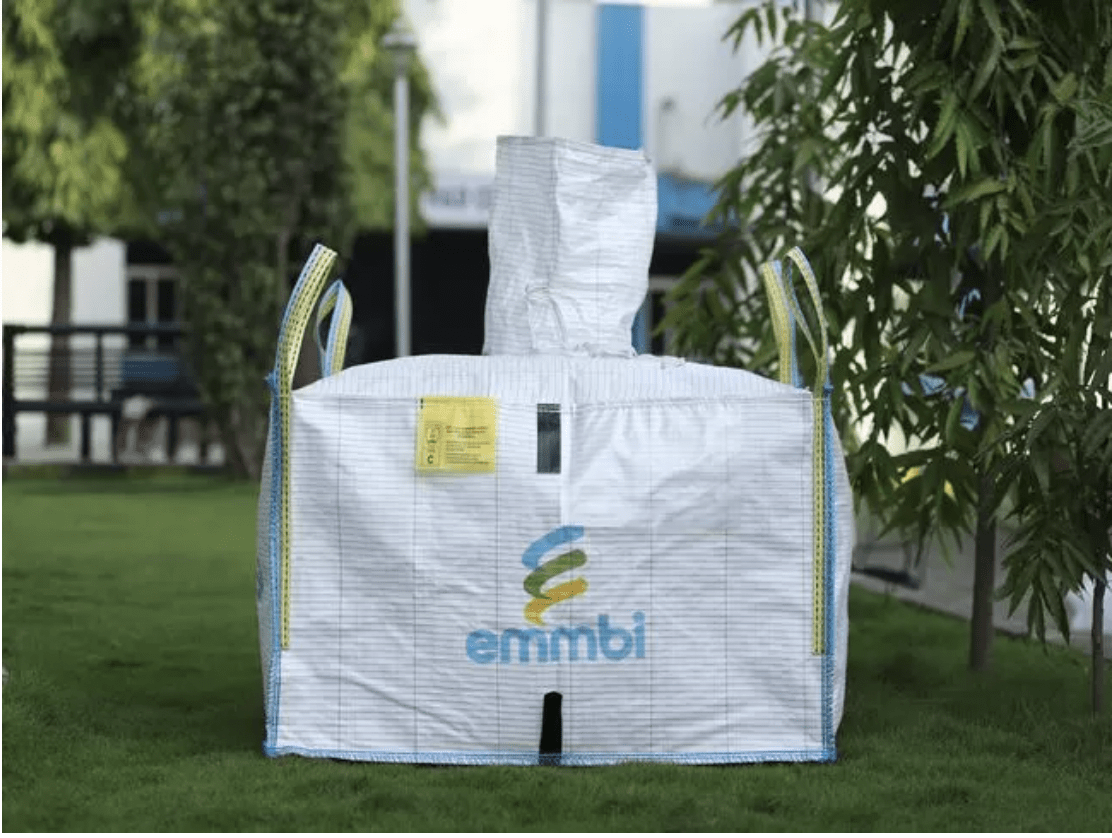On 4th August 2020, a powerful explosion rocked the Port of Beirut in Lebanon killing 218 people and injuring 7,000[1]. Considered as one of the largest non-nuclear explosions, the blast rendered half of Beirut’s healthcare centres nonfunctional and caused an estimated USD 3.8 – 4.6 billion in damages to infrastructure and physical assets. [2]
However, this was neither a terrorist attack nor a war strike from a hostile country. The explosion was an industrial accident, one of the worst of its kind, caused by the improper storage of Ammonium Nitrate, a highly flammable substance used in manufacturing fertilizers.
World over, many industrial accidents are caused by the improper storage and handling of hazardous goods, including everyday dry bulk goods like plastic granules, powders, resin, seeds, etc. Since such goods are highly susceptible to the generation of an electrostatic charge (that can cause fires and explosions) during loading and unloading, federal agencies across the globe mandate the usage of specific types of storage solutions for dry bulk goods.
One such critical storage solution is a Type C Flexible Intermediate Bulk Container (FIBC). Here’s everything you should know about Type C FIBC.
What Is A Type C FIBC?
When FIBCs are filled, the movement of certain materials inside them can build up static electricity when they inadvertently touch the bag’s fabric. This can cause electrical sparks that can lead to fires or explosions if the materials are of flammable nature. Type C FIBCs prevent such incidents.
Also called ‘E-conduct Bags’, Type C FIBCs are made from non-conductive polypropylene threads that are interwoven with conducting threads which are usually woven in a grid pattern.
The conducting threads must be electrically interconnected and firmly connected to the ground to achieve electrical grounding i.e., to dissipate the electrical discharge to the earth. By doing this, we eliminate the chances of the bag creating an accidental spark that can lead to fires. Without a firm grounding mechanism, Type C FIBCs become unsafe to use.
Permissible Inner Linings Of Type C FIBCs
L1 and L2 are the only permissible inner lining types allowed for Type C FIBCs.
Type L1
To meet the L1 requirements, the materials used in a Type C FIBC should provide conductivity that is less than or equal to 1.0×108 Ohm per square.
If multilayered materials are used or if the surface resistivity does not meet the above-mentioned standard, a voltage of <4kV should be maintained for the Type C FIBC to meet L1 requirements.
Type L2
To meet the L2 requirements, the inner linings of the Type C FIBC should offer resistivity on both surfaces. This surface resistivity should be between 1.0×109 and 1.0×1012 Ohm per square.
If the surface resistivity of one surface is between 1.0 x 109 Ohms and 1.0 x 1012 Ohms and that of the other surface is higher than 1.0 x 1012 Ohms, a breakdown voltage of less than <4kV should be maintained.
Emmbi’s Advanced Type C FIBCs
Manufactured using well-established carbon graphite thread conductor technology, Emmbi’s advanced Type C FIBCs offer cohesive protection against brush discharges.
Woven with conductive polypropylene yarn in an interconnected grid design, Emmbi’s Type C FIBCs are the apt solution for flammable substances and industrial facilities that contain combustible dust or inflammable gases and vapors.
Our Type C FIBCs come with firm grounding points that electrically bond all conductive panels, threads, and filaments. Furthermore, ultra-molecular carbon additives are inserted into the material of the conductive tapes and foils to ensure superior electrical conductance.
To learn how our Type C FIBCs can offer you foolproof protection against sudden electrostatic discharges, please visit https://emmbi.com/conductive-type-c/ or write to us at Sales.exports@emmbi.com.
References
[1] Al Jazeera – How Big Was The Beirut Explosion? – https://www.aljazeera.com/news/2022/8/4/infographic-how-big-was-the-beirut-explosion
[2] Rapid Damage and Needs Assessment (RDNA) by the World Bank, United Nations, and European Union – https://www.worldbank.org/en/news/press-release/2020/08/30/beirut-explosion-decisive-action-and-change-needed-to-reform-and-rebuild-a-better-lebanon



